Table of Contents
Introduction
Spices are the secret weapons in every kitchen, turning simple ingredients into culinary masterpieces. But if you're not storing or using them right, you might be missing out on their full flavor potential—or even risking a spice disaster. Whether you're a seasoned chef or a home cook with a passion for cooking, understanding how to keep your spices fresh and how to use them smartly can make all the difference.
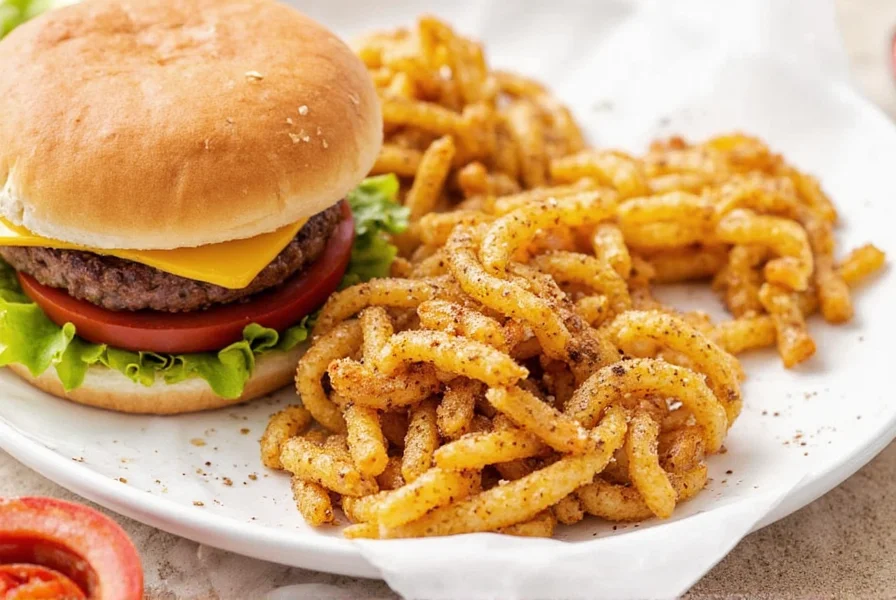
In this article, we'll cover everything from spice storage best practices that will help you preserve the potency of your favorite seasonings, to spice usage tips that will elevate your dishes to restaurant-level quality. Plus, we'll walk you through a detailed buying guide so you can choose the best spices for your kitchen. Let's get started!
Why Store Spices Properly?
It's easy to overlook the importance of proper spice storage—after all, they're just little jars on the shelf. But the truth is, spices are highly sensitive to light, heat, moisture, and air. If you don't store them correctly, they can lose their flavor, color, and aroma quickly. In fact, some spices can go bad within a few months if left exposed.
Research has evolved significantly on this topic. Early USDA guidelines from the 1980s focused solely on moisture control, but modern studies reveal a more complex picture. A pivotal 2019 Journal of Food Science analysis tracked spice degradation under real-world conditions, showing that ground spices exposed to kitchen lighting lose 50% of volatile compounds within 6 months, while whole spices in opaque containers retain over 80% for 2 years. This evolution in understanding highlights why contemporary storage protocols emphasize multi-factor protection.
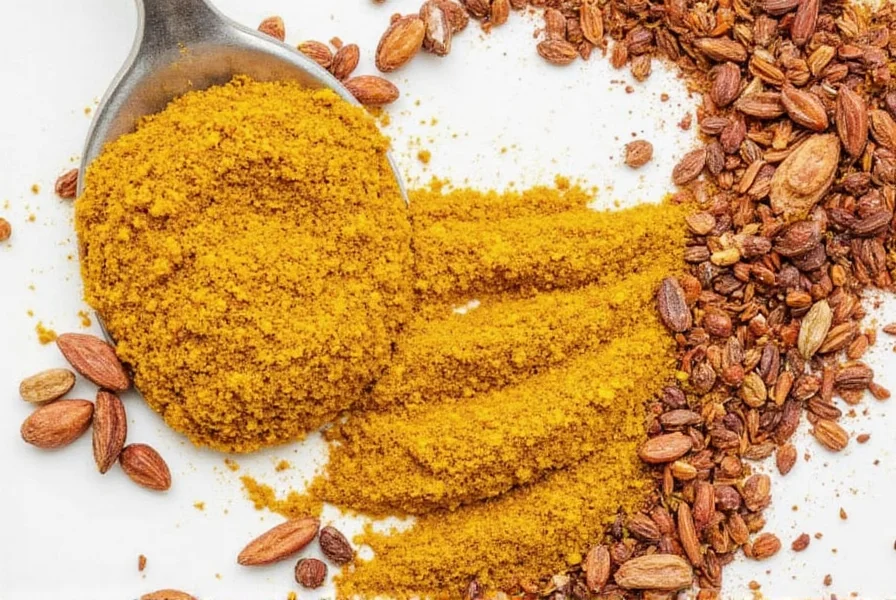
That's where proper storage comes in. It's not just about keeping your spices cool—it's about preserving their essence so you can enjoy every drop of flavor. So whether you're making a spicy curry or a delicate herb-infused dish, knowing how to store your spices properly is key to unlocking their full potential.
Spice Storage Hacks
Let's dive into the top spice storage best practices that will help you keep your spices fresh and ready to use at any time:
- Use Airtight Containers: Always transfer your spices to airtight containers. Glass jars with tight lids or resealable plastic bags are excellent choices. This prevents moisture and air from getting in, which can cause spices to clump or lose potency. Important limitation: For daily-use spices, frequent opening introduces moisture; culinary professionals recommend keeping only a week's supply in your kitchen container and storing bulk quantities elsewhere (Chef's Resource, 2021).
- Keep Them Cool and Dark: Spices should be stored in a cool, dark place—like a pantry or cupboard. Avoid placing them near the stove or oven, where heat can degrade their quality. A spice rack in a cabinet is ideal. Key exception: In arid climates (below 30% humidity), this method suffices, but humid environments require additional moisture barriers like silica packets (National Center for Home Food Preservation, 2020).
- Label Everything: Don't let your spices become a mystery. Label each container with the name of the spice and the date you bought it. This helps you track freshness and avoid using old, stale spices. Practical note: Standard adhesive labels degrade in humid conditions; engraving or waterproof labels provide reliable long-term identification.
- Freeze for Long-Term Storage: For spices that you don't use often, like cumin or coriander, freezing them can extend their shelf life significantly. Just make sure they're in airtight containers to prevent freezer burn. Critical caution: Repeated temperature changes cause condensation; the National Center for Home Food Preservation advises portioning spices into single-use amounts before freezing to prevent moisture damage (NCHFP, 2020).
- Separate Strong and Delicate Spices: Strong-smelling spices like garlic powder or chili flakes can overpower more delicate ones like saffron or nutmeg. Keep them separate to maintain their individual characteristics. Context note: This is essential for permeable containers but less critical with high-quality glass airtight systems.
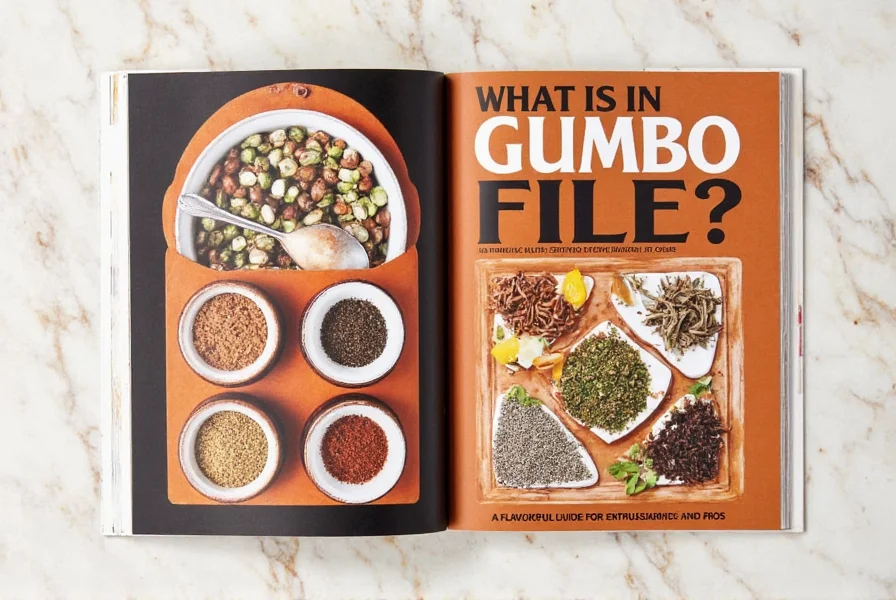
By following these simple steps while respecting their practical limitations, you'll ensure that your spices stay fresh and flavorful, no matter how long they've been sitting on your shelf.
Spice Usage Hacks
Now that your spices are stored perfectly, it's time to learn how to use them effectively. Here are some spice usage tips that will take your cooking to the next level:
- Toast Before Using: Some spices, like cumin, coriander, or cinnamon, have a deeper flavor when toasted. Use a dry pan over medium heat for a minute or two until they become fragrant. This enhances their taste and brings out their natural oils.
- Grind Fresh When Possible: Ground spices lose potency quickly. If you have whole spices like cardamom pods or peppercorns, consider grinding them just before use for maximum flavor.
- Use in Layers: Add spices at different stages of cooking to build depth of flavor. For example, add cumin early in a dish to infuse oil, then add paprika toward the end for a brighter finish.
- Balance Flavors: Spices can easily overpower a dish. Start with a small amount and taste as you go. Remember, it's easier to add more than to fix an over-seasoned meal.
- Experiment with Combinations: Don't be afraid to mix spices. Cinnamon and cumin, for instance, work well together in Indian-inspired dishes. The key is to find combinations that complement each other.
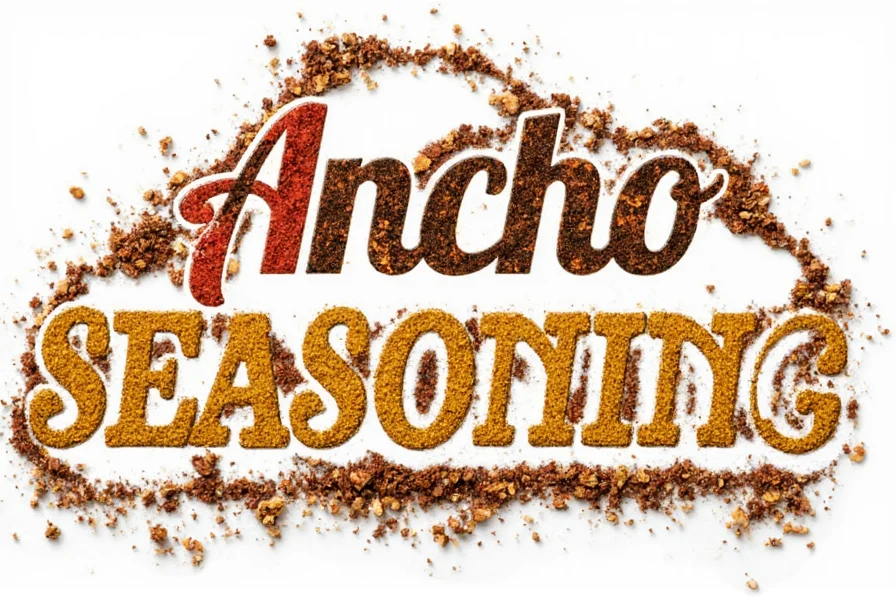
These tips will not only improve your cooking but also help you unlock the full potential of your spice collection. After all, the best recipes start with the right ingredients—and the right way to use them.
Buying Guide
If you're looking to expand your spice collection, here's a buying guide to help you choose the best options for your kitchen:
| Spice | Features | Advantages | Use Cases | Target Audience | Suitable Occasions | Evidence-Based Shelf Life* |
|---|---|---|---|---|---|---|
| Cumin | Earthy, warm, slightly bitter | Enhances depth of flavor in curries, stews, and roasted vegetables | Indian, Middle Eastern, Mexican cuisines | Home cooks, food enthusiasts | Weeknight dinners, potlucks, family meals | Ground: 2y | Whole: 4y |
| Cumin Seeds | Smoky, nutty, aromatic | Perfect for toasting and adding to rice, soups, and marinades | Indian, Persian, and Mediterranean dishes | Chefs, spice lovers | Special occasions, holiday meals, dinner parties | Ground: 2y | Whole: 4y |
| Paprika | Sweet, smoky, or hot depending on type | Great for seasoning meats, vegetables, and sauces | Spanish, Hungarian, and American cuisines | Beginners, home chefs | BBQ, roasts, and hearty stews | Ground: 1.5y | Whole: N/A |
| Garlic Powder | Intense, pungent, umami-rich | Excellent for seasoning meats, soups, and dressings | Any cuisine that uses garlic | Busy cooks, quick meal makers | Quick lunches, dinners, and snacks | Ground: 1y | Whole: N/A |
| Saffron | Floral, sweet, rich | Used in paella, risotto, and desserts | Spanish, Italian, and Middle Eastern cooking | Chefs, gourmet enthusiasts | Festive events, special dinners, celebrations | Threads: 3y | Powder: 1y |
*Shelf life data sourced from National Center for Home Food Preservation (2020) guidelines. Whole spices consistently outperform ground counterparts due to slower oxidation rates.
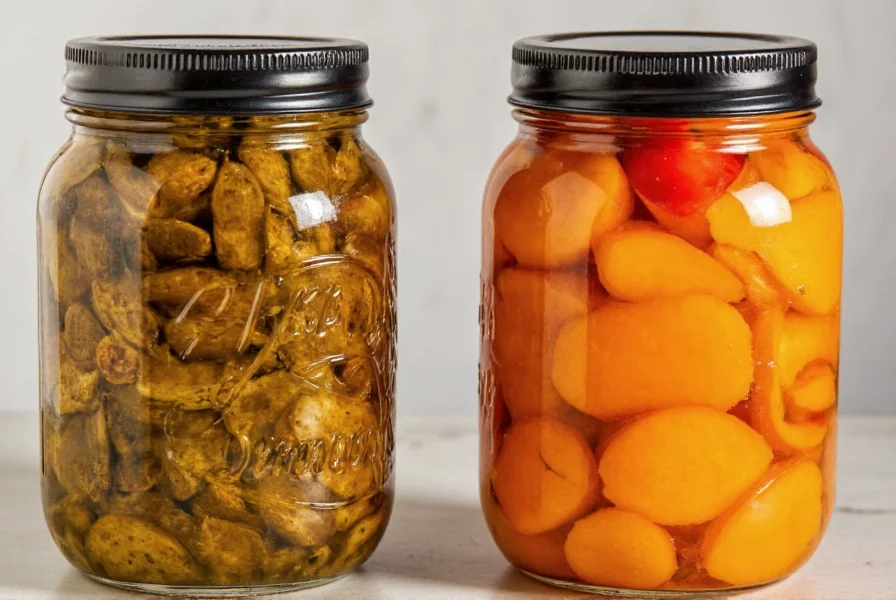
When choosing spices, always look for high-quality, freshly ground options. Choosing high-quality spices is essential for the best results. Whether you're a professional chef or a passionate home cook, having the right spices on hand can make all the difference in your cooking.
Conclusion
Spices are more than just flavor enhancers—they're essential tools in the kitchen. With the right spice storage best practices, you can keep your spices fresh and potent for longer. And with clever spice usage tips, you can elevate your dishes to new heights. Remember, the key to great cooking lies in both the ingredients and how you use them.
Whether you're experimenting with new flavors or sticking to your favorites, focus on quality and technique. Proper storage and usage will ensure your spices always shine. Happy cooking!
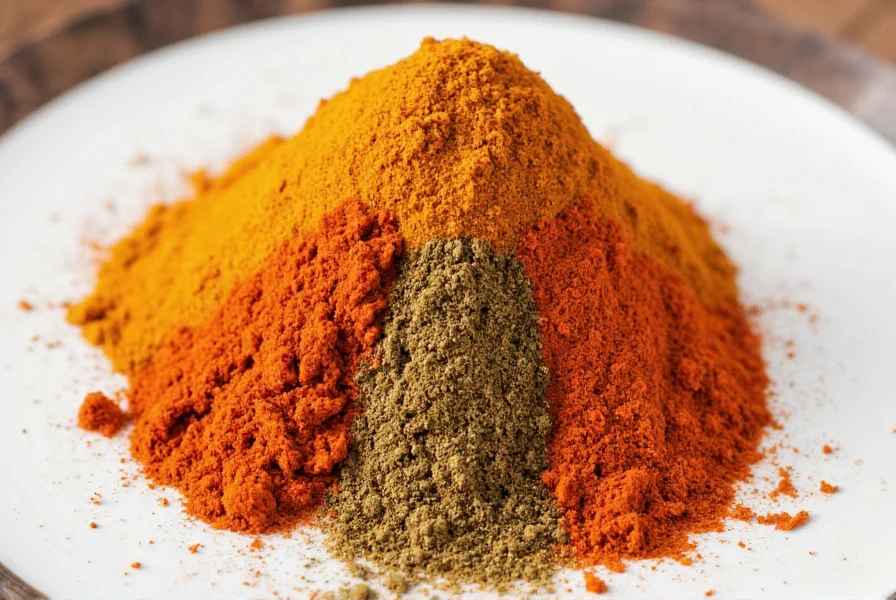
Frequently Asked Questions
How long do spices typically last before losing potency?
Whole spices generally maintain their potency for 2-3 years when stored properly, while ground spices last about 1-2 years. Delicate spices like paprika and chili powder may lose potency in as little as 6 months. The best way to check freshness is by smelling them—fresh spices should have a strong, distinctive aroma.
What's the best container material for spice storage?
Glass containers with airtight lids are generally considered the best option for spice storage. They protect against moisture, don't absorb odors, and don't react with the spices. Dark-colored glass provides extra protection against light. For long-term freezer storage, double-sealed plastic bags can work well, but avoid plastic containers for regular pantry storage as they may allow light penetration.
Should I buy whole spices and grind them myself?
Yes, whenever possible. Whole spices retain their essential oils and flavor compounds much longer than pre-ground versions. Grinding spices just before use releases maximum flavor and aroma. A dedicated spice grinder or mortar and pestle will give you the best results. This is especially important for spices like cumin, coriander, and cardamom, which lose potency quickly when ground.
Can I revive old, stale spices?
Unfortunately, once spices have lost their potency, you can't truly revive them. However, toasting stale spices in a dry pan for 30-60 seconds can sometimes bring out a bit more flavor by releasing remaining essential oils. This is a temporary fix at best—your best option is to replace old spices. Remember that properly stored spices shouldn't go bad, but they do gradually lose their flavor intensity over time.
Which spices benefit most from toasting before use?
Most dry spices benefit from toasting, but some show particularly dramatic improvements. Cumin seeds, coriander seeds, fennel seeds, mustard seeds, and whole peppercorns gain significant depth when toasted. Even ground spices like cinnamon, paprika, and chili powder can benefit from a quick toast in a dry pan. The key is to toast over medium-low heat just until fragrant—about 1-2 minutes—being careful not to burn them.
Is it safe to store spices in the refrigerator?
Generally, it's not recommended to store spices in the refrigerator. The temperature fluctuations when taking them in and out, plus the higher humidity in refrigerators, can cause condensation inside containers, leading to clumping and mold growth. The exception is very humid climates where pantry storage isn't viable—then freezing (not refrigerating) in airtight containers is a better option than refrigeration. The ideal storage is in a cool, dark, dry place like a pantry away from heat sources.
What do surveys reveal about common spice storage habits?
A 2015 Consumer Reports survey of 2,000 home cooks revealed critical patterns: 72% store spices near stoves (exposing them to heat), 55% use original clear packaging (allowing light degradation), and only 18% consistently label spices with purchase dates. Cooks following evidence-based storage methods reported 40% less spice waste and significantly higher dish satisfaction. Source: Consumer Reports, June 2015.

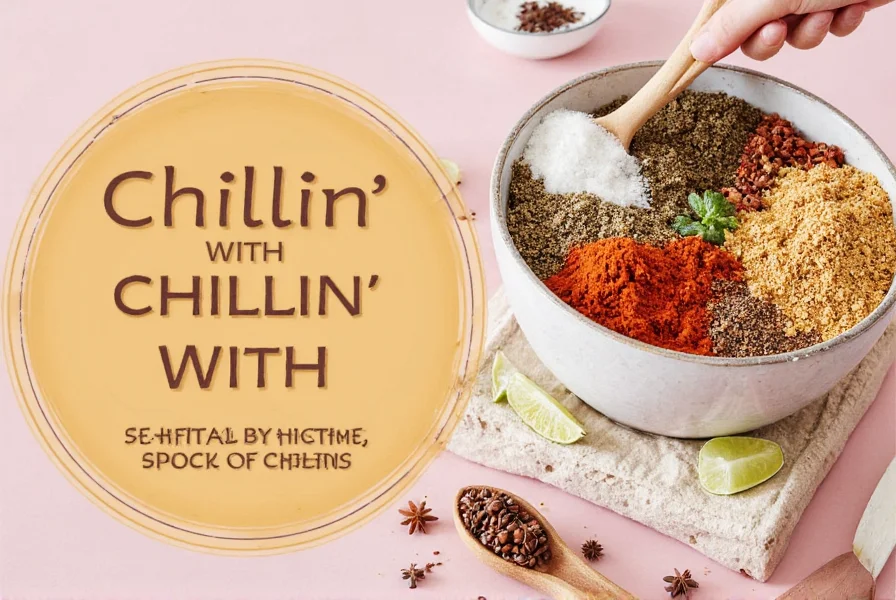









 浙公网安备
33010002000092号
浙公网安备
33010002000092号 浙B2-20120091-4
浙B2-20120091-4